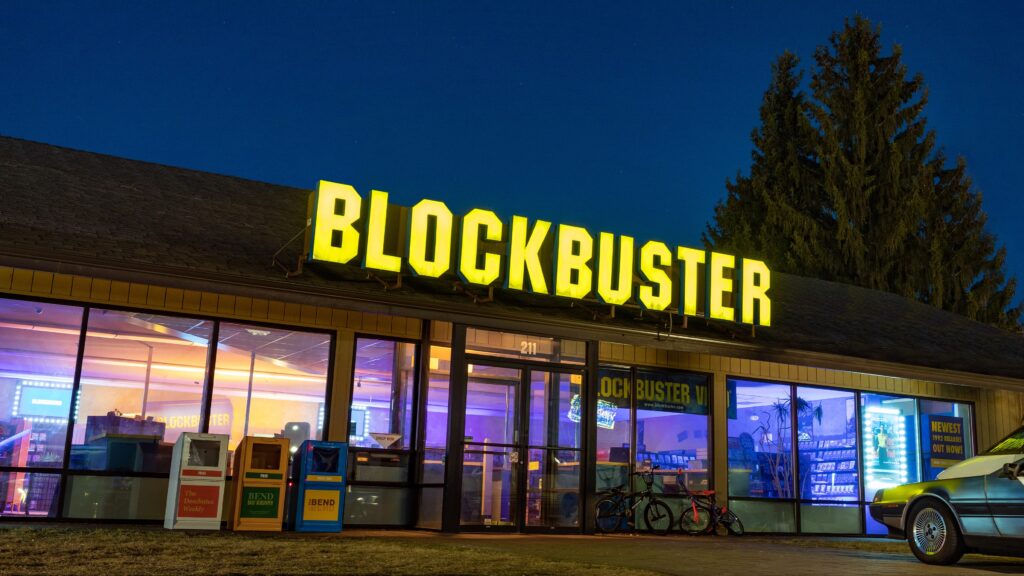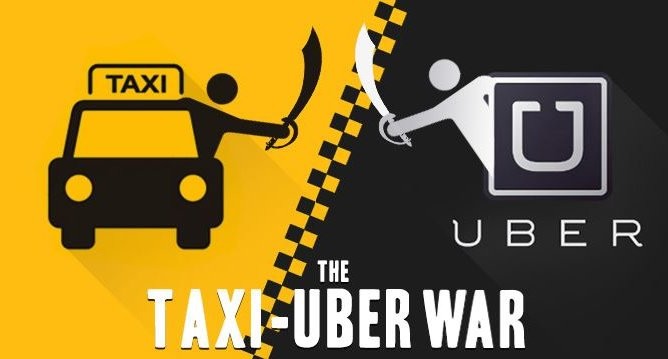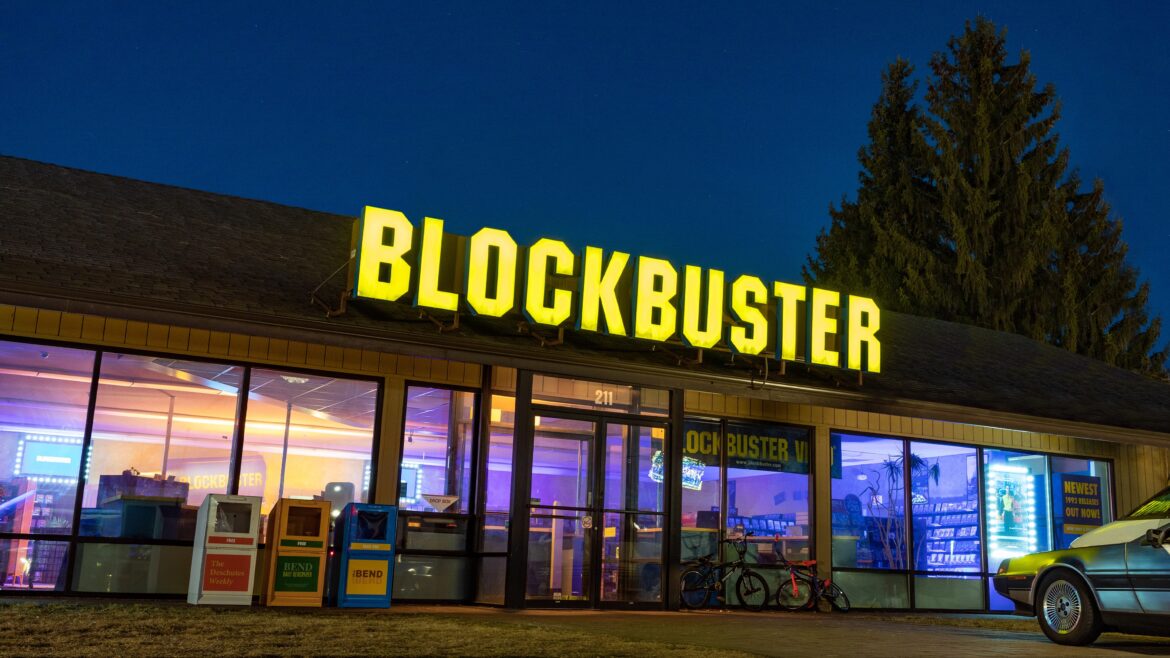Develop a growth mindset and learn from failures and setbacks, by building resilience and perseverance, and adopting a positive attitude towards challenges and obstacles
KEY TAKEAWAYS
- Failures and setbacks are valuable learning opportunities that can lead to personal and professional growth.
- Shifting our perspective and viewing failures as opportunities for learning is crucial.
- Embracing a growth mindset helps us learn from failures and setbacks.
- Real-world scenarios provide practical examples of how failures can be transformed into lessons.
- Reflecting on failures and analyzing root causes can help us identify patterns and avoid repeating mistakes.
- Setting realistic goals and creating action plans can mitigate the risk of failures and setbacks.
- Building resilience is essential for bouncing back from failures and setbacks.
- Leveraging setbacks as catalysts for growth can lead to long-term success.
- Perseverance and determination are key traits to develop when learning from failures.
- The key message is to embrace failures and setbacks, extract valuable lessons from them, and apply those lessons to achieve personal and professional success.
Failure is often seen as a stumbling block on the path to success. It’s that unwelcome guest that you try to avoid at all costs. But what if I told you that failure is not the end, but rather a stepping stone towards growth and achievement? This article will delve into the realm of failures and setbacks, exploring the valuable lessons they offer and the transformative power they possess.
Learning from failures requires a resilient spirit, the kind that refuses to be defeated by temporary setbacks. It demands perseverance in the face of adversity, and an unwavering determination to rise above the challenges that come our way. But it all starts with a growth mindset—a mindset that sees failure not as a reflection of our abilities, but as an opportunity to learn, adapt, and grow.
Throughout this journey, you will draw inspiration from real-world scenarios that demonstrate how individuals and organizations have harnessed the power of failure. You will examine their stories, analyzing the key failures they encountered and the invaluable lessons they gained.
So, if you’re ready to shift your perspective, embrace failure as a teacher, and unlock the secrets of resilience and growth, then join us on this enlightening exploration of learning from failures and setbacks. Prepare to discover the transformative potential that lies within every setback and the incredible heights you can reach by embracing the lessons they hold.
Understanding Failure and Setbacks
Failure and setbacks are inevitable parts of life’s journey. To truly learn from them and grow, it is essential to understand the nature of failure, differentiate between setbacks and major failures, and recognize the emotions that often accompany these experiences.
Definition of Failure and Setbacks
Failure can be defined as the inability to achieve a desired outcome or meet a specific goal. It is often perceived as a negative outcome, leading to disappointment and frustration. Setbacks, on the other hand, refer to obstacles or challenges that hinder progress temporarily but do not necessarily result in complete failure. Understanding this distinction is crucial in approaching failures and setbacks with the right mindset.
Differentiating between Minor Setbacks and Major Failures
It is important to differentiate between minor setbacks and major failures to contextualize their impact and respond accordingly. Minor setbacks are common and typically result from small obstacles or temporary roadblocks. They may require adjustments, flexibility, and perseverance to overcome but are generally manageable. Major failures, on the other hand, represent significant setbacks that can have far-reaching consequences. They may involve substantial losses, setbacks, or the need for major reassessment and redirection.
Highlighting the Common Emotions Associated with Failures and Setbacks
Experiencing failure or setbacks can evoke a range of emotions, both negative and positive. Common emotions include:
- Disappointment and Frustration: When expectations are not met, it is natural to feel disappointment and frustration. Acknowledging these emotions allows for their healthy processing.
- Self-Doubt and Insecurity: Failures and setbacks can trigger self-doubt and a questioning of one’s abilities. It is important to remember that these feelings are part of the learning process and can be addressed through self-reflection and self-compassion.
- Resilience and Perseverance: Failures and setbacks also offer an opportunity to cultivate resilience and perseverance. Embracing challenges and persisting through adversity can lead to personal growth and the development of a stronger mindset.
- Learning and Adaptation: Failures and setbacks provide valuable learning experiences. They offer opportunities to reflect on what went wrong, identify areas for improvement, and adapt strategies for future endeavors.
Overall, understanding failure and setbacks involves recognizing their definitions, differentiating between minor setbacks and major failures, and acknowledging the emotions that often arise. By embracing a growth mindset, cultivating resilience, and persevering through challenges, individuals can navigate the learning opportunities that failures and setbacks present.
The Power of Perspective
In the realm of failures and setbacks, one of the most powerful tools at our disposal is our perspective. How you perceive and interpret these experiences can greatly influence your ability to learn from them and grow. This section explores the transformative power of perspective in embracing failures as learning opportunities, embracing a growth mindset, and recognizing the value of setbacks in gaining experience and wisdom.
Shifting Mindset: Viewing Failures as Learning Opportunities
One of the keys to learning from failures is shifting your mindset and reframing how you perceive them. Rather than viewing failures as endpoints or signs of incompetence, you can choose to see them as invaluable learning opportunities. By adopting this perspective, you open yourself up to extracting lessons from every setback. You begin to ask yourselves, “What can you learn from this experience? How can you improve? What adjustments can I make to increase my chances of success in the future?” Embracing failures as stepping stones on the path to growth empowers us to approach challenges with a positive and proactive mindset.
Embracing a Growth Mindset for Personal and Professional Development
Central to learning from failures and setbacks is the cultivation of a growth mindset. A growth mindset is a belief that our abilities and intelligence can be developed through dedication, hard work, and perseverance. Instead of being limited by fixed ideas about our capabilities, a growth mindset opens us up to continuous learning and improvement. It allows us to see failures as temporary setbacks rather than permanent reflections of our worth or potential. With a growth mindset, you become more resilient in the face of failures, persisting through challenges, and seeing them as opportunities to stretch your abilities and acquire new skills.
Recognizing the Value of Setbacks in Gaining Experience and Wisdom
Setbacks, though often accompanied by frustration and disappointment, hold immense value in our personal and professional growth. They provide us with real-life experiences that build character, resilience, and wisdom. Each setback presents an opportunity to learn from our mistakes, analyze our approach, and gain a deeper understanding of ourselves and our endeavors. By recognizing the value of setbacks, you can extract lessons that would have otherwise remained hidden. With each setback, you accumulate knowledge, refine your strategies, and develop a more nuanced perspective on your journey toward success.
Overall, the power of perspective cannot be underestimated when it comes to learning from failures and setbacks. By shifting your mindset to view failures as learning opportunities, embracing a growth mindset for personal and professional development, and recognizing the value of setbacks in gaining experience and wisdom, you unlock the transformative potential of these experiences.
Lessons from Real-World Scenarios
1. The Kodak Case Study

In the early 2000s, Kodak, once a dominant player in the photography industry, faced a significant downfall. The company failed to adapt to the digital revolution, despite inventing the first digital camera. As film photography declined and digital photography gained traction, Kodak struggled to stay relevant.
Key Failures or Setbacks:
- Kodak’s reluctance to fully embrace digital technology and its focus on traditional film-based products.
- Failure to recognize the long-term potential of digital photography and the changing consumer preferences.
- Inadequate investment in research and development to capitalize on the emerging digital market.
Lessons Learned:
- Adaptability is crucial for survival in a rapidly evolving market.
- Ignoring or resisting disruptive technologies can lead to downfall.
- Continuous innovation and investment in research and development are necessary to stay competitive.
2. The Blockbuster Story

Blockbuster, a once-popular video rental chain, faced its demise with the rise of streaming services like Netflix. Despite having a significant market share, Blockbuster failed to recognize the shift in consumer behavior toward digital media consumption.
Key Failures or Setbacks:
- Reliance on a brick-and-mortar rental model, overlooking the growing preference for online streaming.
- Delayed entry into the digital market and limited efforts to innovate their business model.
- Failure to adapt to changing customer expectations and convenience offered by streaming services.
Lessons Learned:
- Anticipating and responding to changing consumer preferences is essential.
- Embracing digital platforms and new technologies can help stay ahead of the competition.
- Understanding customer needs and providing convenient solutions are vital for success.
3. The Uber Disruption

The emergence of Uber, a ride-hailing service, disrupted the traditional taxi industry worldwide. Uber utilized mobile technology to provide a convenient and efficient alternative to traditional taxis, significantly transforming the transportation landscape.
Key Failures or Setbacks:
- Resistance from the taxi industry to embrace technological advancements and adapt to changing consumer demands.
- Inadequate response to the growing consumer desire for seamless and convenient transportation services.
- Slow adoption of mobile technology and lack of innovation in the taxi industry.
Lessons Learned:
- Embracing technology-driven disruptions can open up new opportunities for growth.
- Responding promptly to changing customer needs is crucial for survival.
- Leveraging innovation to enhance customer experience can drive industry-wide transformation.
By studying these real-world scenarios, you can glean valuable lessons on adaptability, innovation, and understanding customer needs. These insights serve as reminders for businesses to stay agile, anticipate market shifts, and embrace change to thrive in today’s dynamic landscape.
Strategies for Learning from Failures and Setbacks
Learning from failures and setbacks requires a deliberate and proactive approach. This section will explore key strategies that can help individuals effectively extract lessons and grow from their experiences. These strategies include reflecting on failures through self-analysis, identifying patterns and root causes, setting realistic goals, and creating action plans.
Reflecting on Failures: The Importance of Self-Analysis
Self-analysis is a crucial step in the process of learning from failures. It involves introspection and honest reflection on the circumstances surrounding the failure, as well as one’s own actions, decisions, and mindset. By taking the time to examine the situation objectively, individuals can identify their strengths and weaknesses, areas for improvement, and potential blind spots. It is important to approach self-analysis with a growth mindset, viewing it as an opportunity for personal growth rather than self-criticism. Through self-analysis, individuals can gain valuable insights into their thought processes, behaviors, and decision-making, enabling them to make better-informed choices in the future.
Identifying Patterns and Root Causes of Failures
To truly learn from failures and setbacks, it is essential to identify patterns and root causes. Examining recurring themes or commonalities in failures can shed light on underlying issues that need to be addressed. By identifying these patterns, individuals can take proactive steps to prevent similar failures in the future. It may involve analyzing factors such as lack of preparation, inadequate resources, flawed strategies, or ineffective communication. Understanding the root causes of failures allows for targeted solutions and adjustments, increasing the chances of success in subsequent endeavors.
Setting Realistic Goals and Creating Action Plans
Setting realistic goals and creating actionable plans is instrumental in mitigating the risk of failures and setbacks. It involves setting clear, specific, and attainable objectives that align with one’s capabilities, resources, and circumstances. Unrealistic goals can set individuals up for disappointment and potential failure. Once goals are defined, breaking them down into actionable steps allows for focused and structured progress. Action plans outline the necessary tasks, timelines, and resources required to achieve the desired outcomes. Regularly reviewing and adapting these plans based on feedback and changing circumstances is essential for navigating potential obstacles and staying on track.
Overall, strategies for learning from failures and setbacks involve intentional approaches such as reflecting on failures through self-analysis, identifying patterns and root causes, and setting realistic goals with actionable plans. By implementing these strategies, individuals can extract valuable lessons from failures, develop resilience and perseverance, and cultivate a growth mindset. I
Building Resilience and Growth
Failures and setbacks can test our resilience and challenge our ability to persevere. However, with the right mindset and strategies, these experiences can become catalysts for personal and professional growth. This section will explore strategies for developing resilience, leveraging setbacks for growth, and cultivating perseverance.
Developing Resilience in the Face of Failures and Setbacks
Resilience is the ability to bounce back from failures and setbacks, to adapt, and to thrive in the face of adversity. It is a key trait that allows individuals to persevere and maintain a positive outlook. To develop resilience, it is important to:
- Embrace a growth mindset: Adopt a belief that failures are learning opportunities and that setbacks are temporary. View challenges as stepping stones towards personal and professional growth.
- Cultivate self-compassion: Treat yourself with kindness and understanding during difficult times. Recognize that failures are a part of the learning process and that everyone experiences setbacks.
- Seek support: Surround yourself with a strong support system. Seek guidance from mentors, friends, or colleagues who can offer encouragement, advice, and perspective.
- Practice stress management: Develop healthy coping mechanisms to manage stress and emotions during challenging times. Engage in activities such as meditation, exercise, or journaling to maintain emotional well-being.
Leveraging Setbacks as Catalysts for Personal and Professional Growth
Setbacks can serve as powerful catalysts for personal and professional growth if approached with the right mindset. To leverage setbacks for growth:
Reflect on the lessons learned: Take time to reflect on the failures or setbacks and identify the valuable lessons they offer. Consider how these experiences can shape future decisions and actions.
- Adapt and adjust strategies: Use setbacks as an opportunity to evaluate and refine your strategies. Assess what worked and what didn’t, and make necessary adjustments to improve future outcomes.
- Seek feedback and learn from others: Engage in open and honest conversations with mentors, colleagues, or trusted advisors to gain insights from their experiences. Learn from their perspectives and incorporate their feedback into your growth process.
- Embrace challenges and step outside your comfort zone: Use setbacks as motivation to push yourself beyond your comfort zone. Embrace new challenges, take calculated risks, and seize opportunities for growth and development.
Cultivating Perseverance and Determination
Perseverance is the ability to persist in the face of obstacles and setbacks. It is a crucial trait for overcoming failures and achieving long-term success. To cultivate perseverance:
- Maintain focus on your goals: Stay committed to your goals and keep them at the forefront of your mind. Remind yourself of the bigger picture and the reasons why you embarked on your journey in the first place.
- Break tasks into manageable steps: Divide your goals into smaller, achievable tasks. Celebrate each milestone reached, as it reinforces your progress and motivates you to keep going.
- Develop a positive mindset: Cultivate a positive attitude towards challenges and setbacks. Embrace them as opportunities for growth and improvement rather than as obstacles.
- Stay motivated and inspired: Surround yourself with positive influences, whether through inspirational books, podcasts, or engaging with a supportive community. Draw motivation from the success stories of others who have overcome failures and setbacks.
Overall, building resilience and fostering growth in the face of failures and setbacks requires intentional effort. By developing resilience, leveraging setbacks for growth, and cultivating perseverance, individuals can navigate challenges with a growth mindset and use these experiences to propel their personal and professional development.
Final Thoughts
Learning from failures and setbacks requires a growth mindset, resilience, and perseverance. By embracing failures as learning opportunities and adjusting our strategies, you can extract valuable lessons. Developing resilience helps us bounce back and thrive in the face of adversity. Leveraging setbacks for growth involves reflection, feedback, and adaptation. Cultivating perseverance empowers us to persist and overcome obstacles. Through self-analysis, identifying root causes, and setting realistic goals, you can navigate failures with intention. Remember, failure is a stepping stone to success. Embrace failures, remain resilient, persevere, and maintain a growth mindset. By doing so, you can turn setbacks into opportunities and achieve remarkable results.

